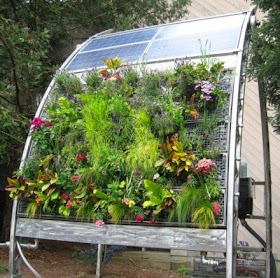J. JAYARAJ
The Hindu
The giant African snail is the biggest land snail among snail species having a protective shell and measuring about 19 cm in length.
It is very active during rainy seasons, nocturnal in nature and damages crops like papaya, brinjal, beans, okra, cole crops, areca nut, rubber buds, coffee seedlings, orchids, etc.
The snail eats away leaves, stems, fruits and flowers of host plants causing severe damage to young saplings especially in nurseries.
Leafy vegetables
It also contaminates leafy vegetables with its excrement.
It frequently climbs on papaya and banana plants and clings on the leaf surface thus interfering with cultural operations and affecting the aesthetic value of kitchen gardens and roof gardens too.
It is a hermaphrodite and lays 50-200 yellow coloured eggs on soil surface.
Hatching
Hatching takes place in about a week’s period and the young ones grow up to a year and reach sexual maturity.
The life span of this snail is 3-5 years. Snails hatching towards the end of rainy season take a long time to mature as they undergo hibernation and aestivation.
Management
—Locate hiding places and destroy hiding snails.
— Hand collection and destruction will be effective during the early phase of infestation.
— Cut pieces of papaya stems may be placed for attracting and trapping the snails.
— Use wet gunny bags and papaya leaves as bait to collect and destroy them.
— Marigold can be raised as trap crop around vegetable fields.
— Lime or bleaching powder may be sprinkled in the infested area.
— Common salt may be spread on the snail infested area.
Predatory snails, hermit crabs and millipedes are found to feed on this snail and check the increasing population.
— Spread the bait mixture of rice bran and metaldehyde (5per cent) to cover the paths of snails or sprinkle 5 per cent metaldehyde pellets around the infested plants.
— Spray one per cent copper sulphate, 0.5 per cent carbaryl or fenitrothion and broadcasting of 1.3 per cent lindane dust at 20 kg/ha.
(Dr. J. Jayaraj is Professor of Entomology, Agricultural College and Research Institute, Madurai 625 104, email: vu2jrj@rediffmail.com, phone :0452-2422946).



